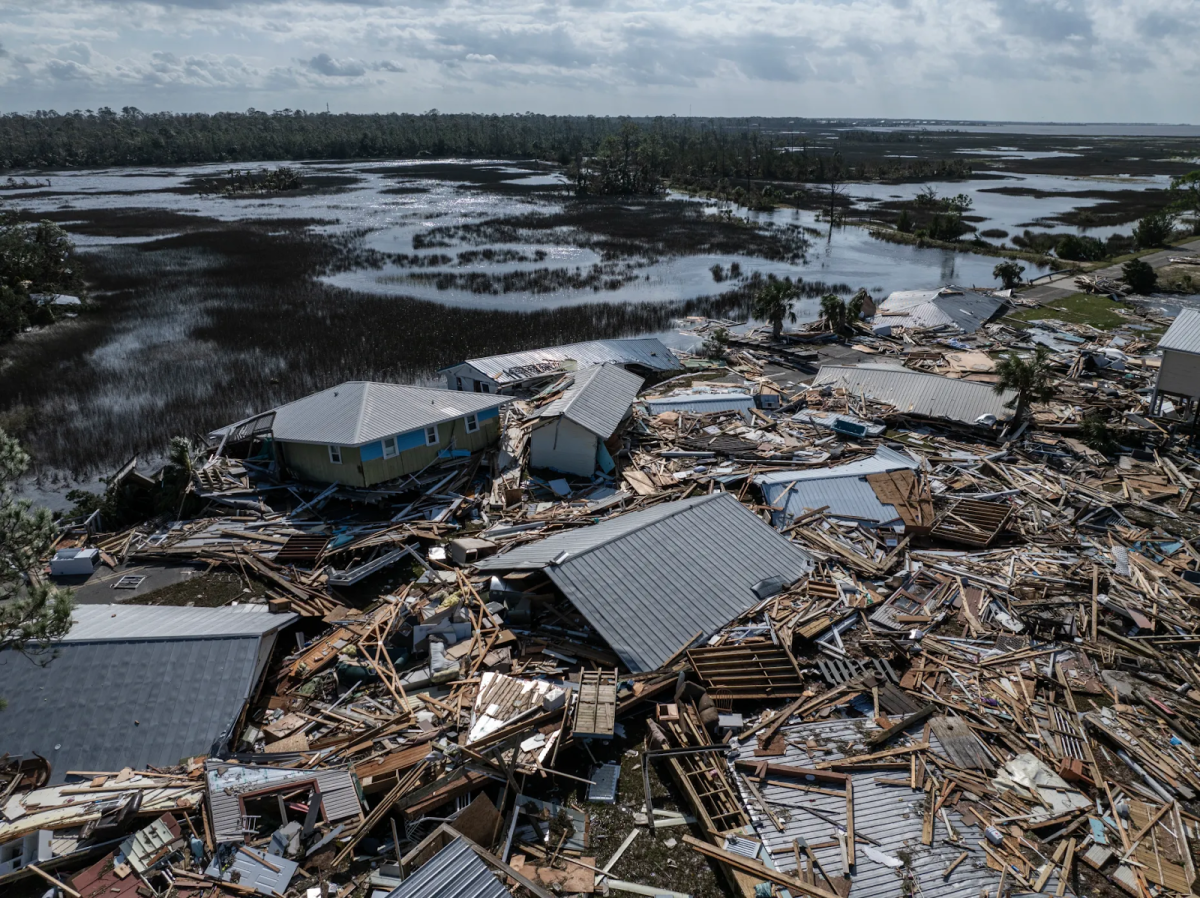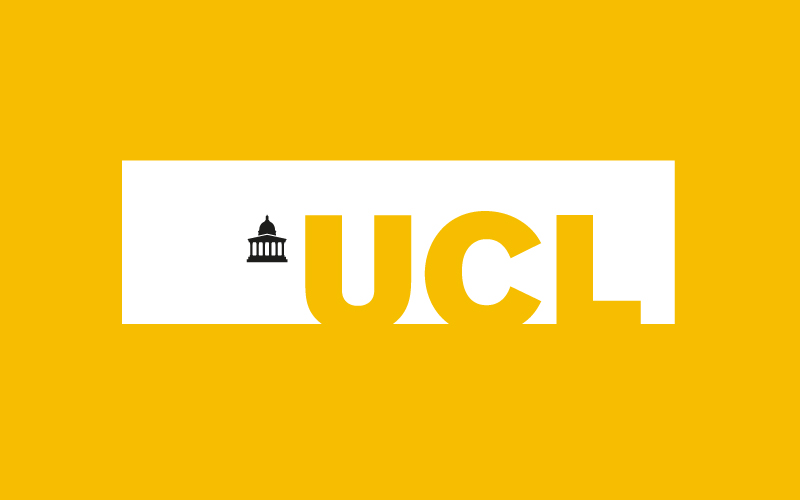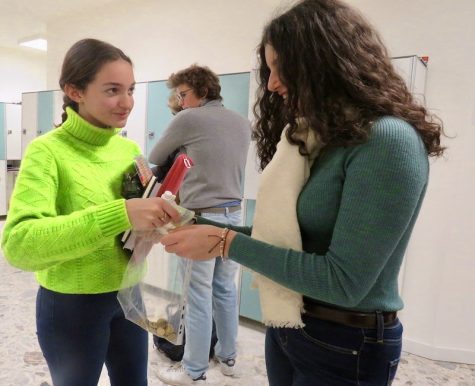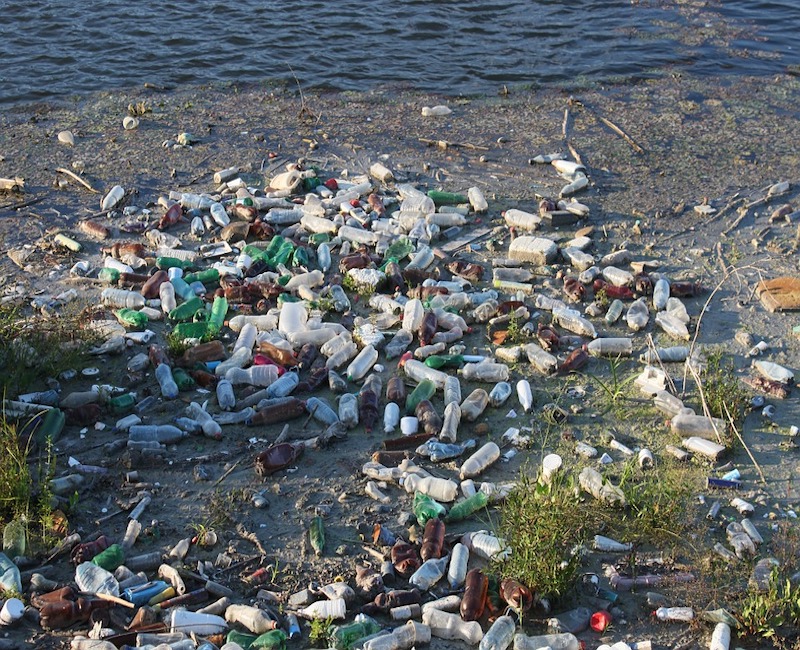Water U Doing?
Photo via pixabay under the Creative Commons Licence
Plastic bottles on a beach
Our modern world revolves around two basic things, convenience and affordability, both traits that plastic readily supplies us with. We as a society have become obsessed with the material for its disposability and functionality, but our reliance on such a hazardous substance is proving to be quite harmful to both our planet and ourselves.
Single-use plastics have completely changed the way that we function as a society. They’re everywhere. It’s a substance that is always readily available whether it be in one form or another and it is one which is slowly causing our world to plunge deeper and deeper into an irreversible mass of pollution. Most everything we buy today has plastic, and if nothing we’re purchasing has it then the bag we carry out of the store with us most likely does. There is no escaping it. Plastic is used in more things than we know, all the way from the clothes we wear on a daily basis to our chewing gum. However, one of the most concerning uses of plastic in our lives today is that of containing potable water.
Water bottle companies have built empires on their ability to package water and distribute it globally. Over one million plastic water bottles are bought every minute adding up to almost 1.5 billion bottles being purchased daily and a lot of cash coming in for these Fortune 500’s. They have lulled their audience, the general public, into believing that the quality of water inside these plastic cases is immensely better than any coming out of a tap. This idea, however, is completely false. Many water bottle companies use tap water but package it as a more luxurious and healthier option. The fact that buyers are getting ripped off isn’t the biggest problem with this scheme. With our extreme consumerism of plastic, we are creating a world of trash in which we can’t keep up, but what happens to all these bottles once their contents have been consumed?
While plastic is a recyclable material, not everyone is deciding to dump it in the green bin. About 65% of Americans don’t recycle for reasons ranging from confusion to pure laziness. It is simply easier to throw away our plastic in the trash than to deal with the alleged difficulties of recycling it, but this choice can end up costing us in the future. In 2016, less than half of all plastic water bottles produced globally were recycled and of that only 7% of this amount got repurposed into new bottles. This leaves 93% of our plastic water bottle consumption unaccounted for. This misplaced plastic finds its ways into landfills where it can take up to 1,000 years, in some cases even longer, to degrade, or it may even find its way to the oceans where its effects can be catastrophic.
Microplastics are fragments of plastics not visible to the naked eye which can be found nearly everywhere on Earth, but the place where their presence is causing the greatest toll is in our oceans. A whopping ninety-seven percent of our world is ocean, leaving a large area for plastic to wreak havoc. When plastic enters our waterways and ultimately finds itself in the sea, it degrades under the heat of the sun releasing chemicals and toxins into the world below it which are easily able to penetrate through the skin of sea creatures. This ocean plastic ultimately ends up in our food as sea life mistakes the plastic for food and ingests it, creating problems not only for the organisms but all those who come after in the food chain.
Microplastics are proving hazardous not only to the world we live in but to our own health and wellbeing as well. Plastic is comprised of Polyethylene Terephthalate or, if that’s too much of a mouthful for you, PET, a substance produced from petroleum hydrocarbons. PET is a thermoplastic polymer which, by definition, is a plastic material which becomes moldable at high temperatures and cools to solidify. BPA, or bisphenol, is another chemical which also interferes with naturally occurring hormones in the human body raising questions if consumption of beverages contained in bottles containing these chemical compounds is truly safe.
Now, you probably knew this, we all know that plastic isn’t necessarily “environmentally friendly” and its production surely isn’t anywhere near being a sustainable practice. So what can we do? It’s not too late to change the way we go about consuming plastic and create a better life for future generations and all other living things inhabiting planet earth. One of the easiest ways to begin reducing your plastic footprint is to invest in a reusable water bottle. While comparing the costs between a plastic water bottle and a reusable one may seem a bit daunting at first considering the large difference in price, it is important to keep in mind that a water bottle is an investment and not a single use item. On average, consumers are saving $260 per year by making the switch to reusable water bottles instead of continuously buying single-use plastics. By changing our consumer habits in relation to plastic we can change the course of human history from going down a path of pollution and destruction to one of sustainability and beauty. All it takes is one small change.































